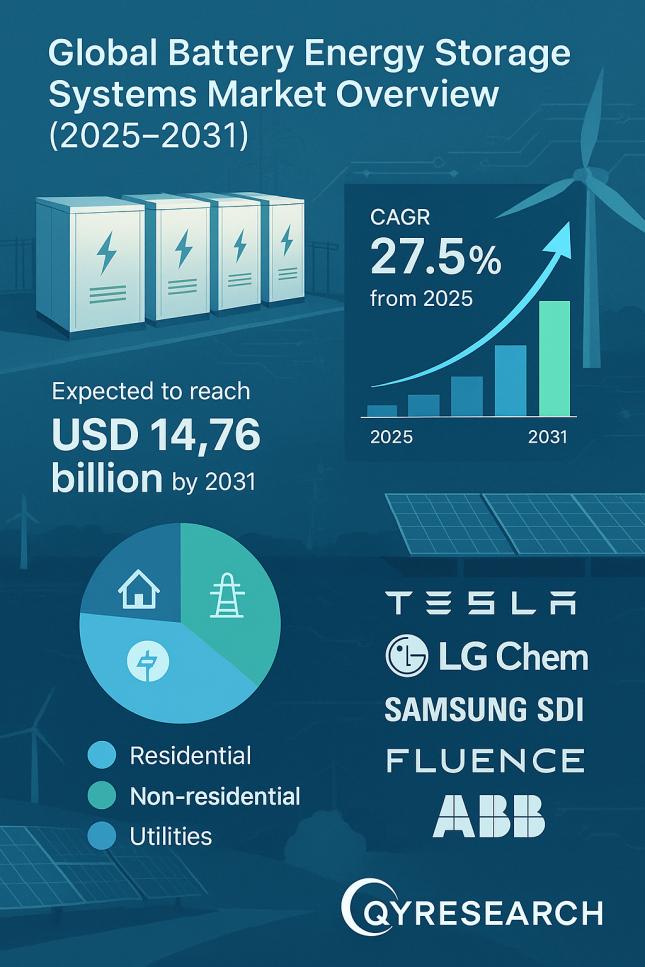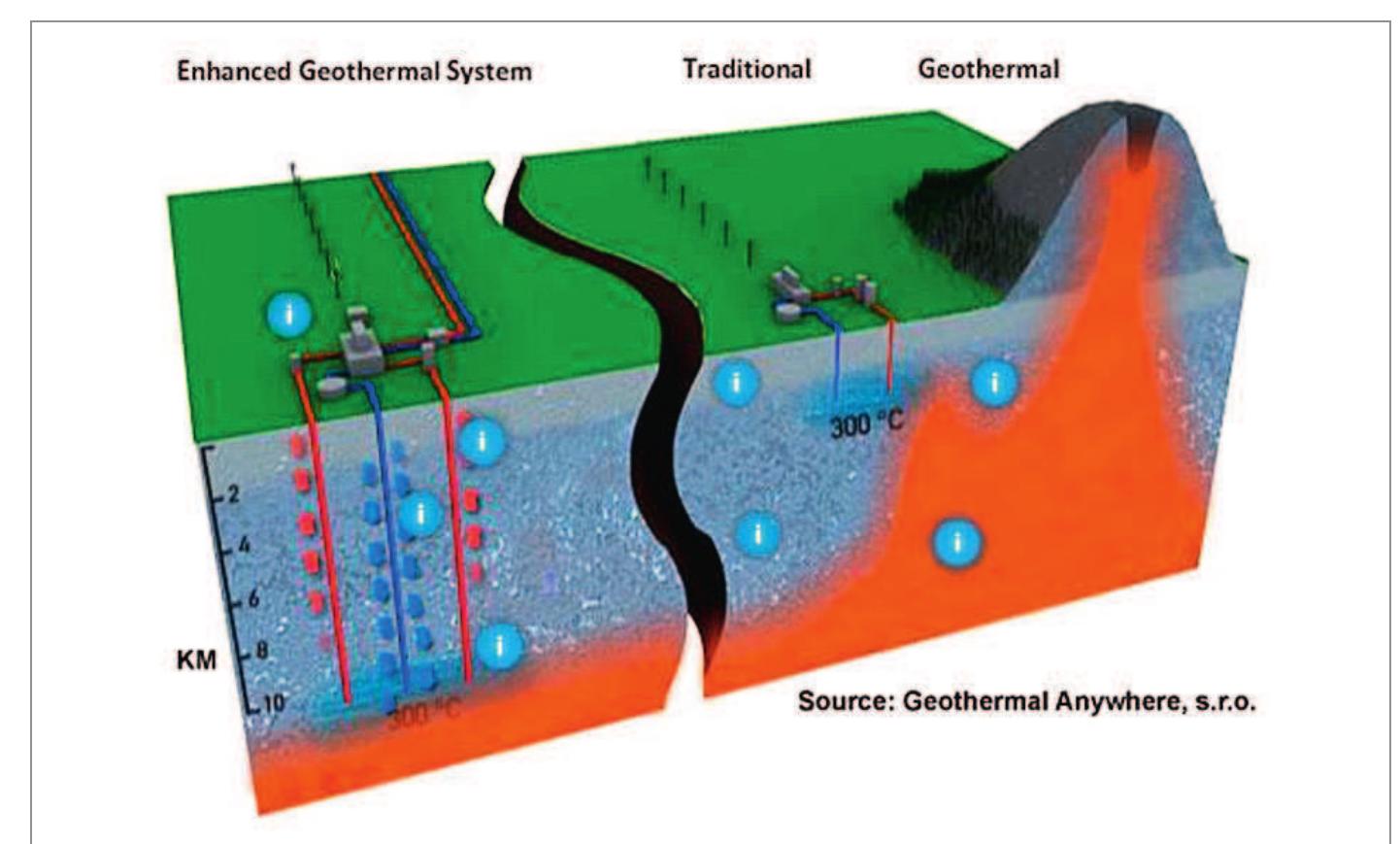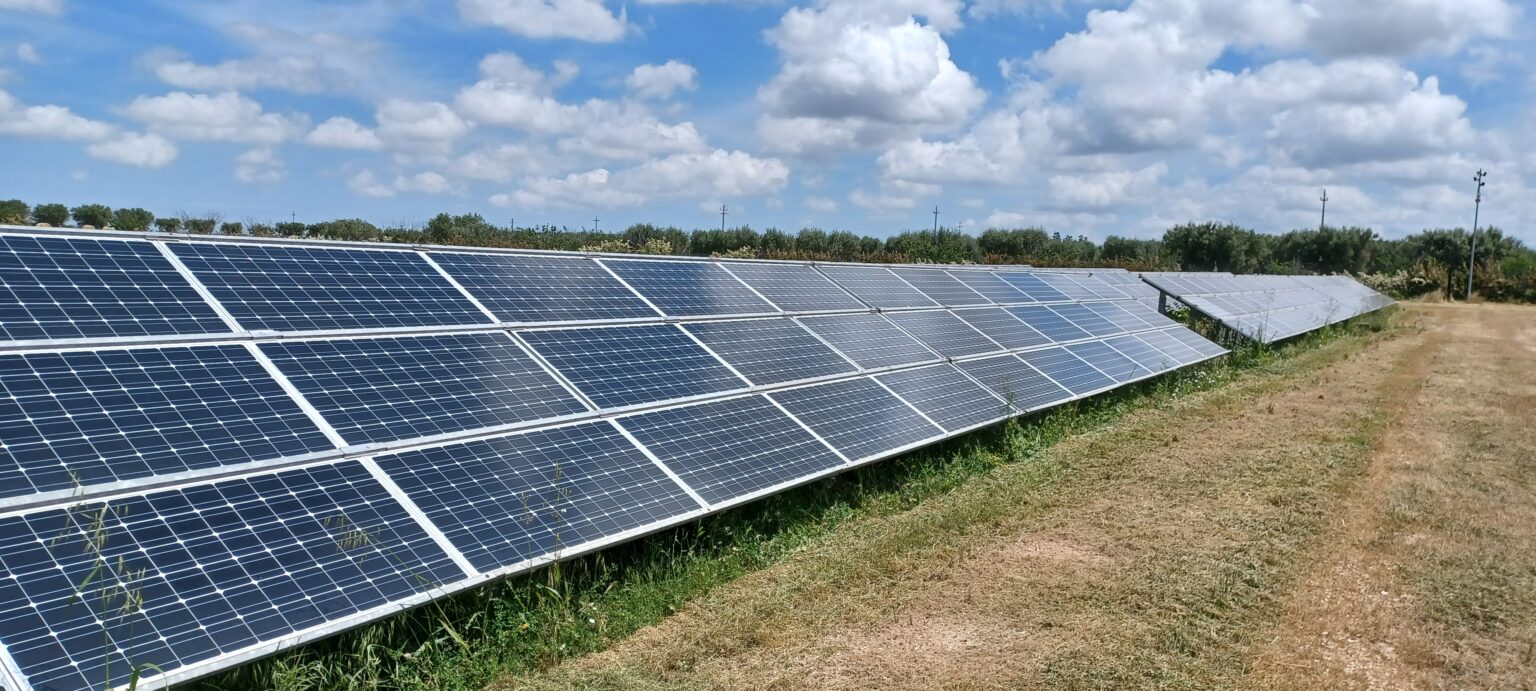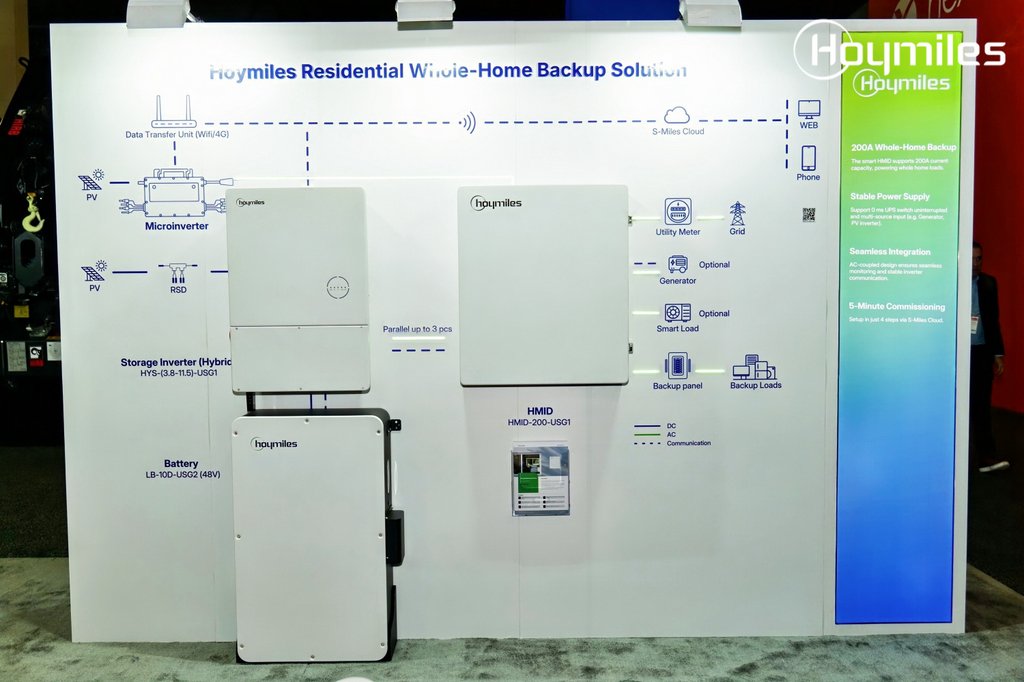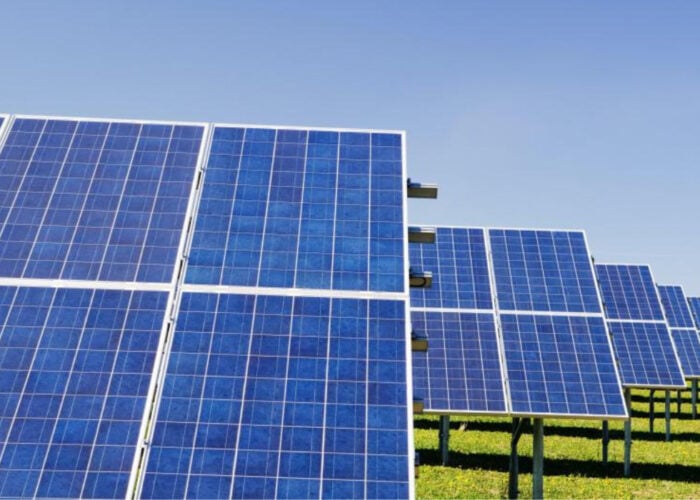Report on Geothermal Energy Storage for Sustainable Heating in Extreme Climates
Introduction and Alignment with Global Goals
A recent feasibility study conducted by the National Renewable Energy Laboratory (NREL) demonstrates the viability of Borehole Thermal Energy Storage (BTES) systems for heating buildings in extreme cold-climate regions. The research, focusing on a site in Fairbanks, Alaska, highlights a significant advancement in energy technology that directly supports several United Nations Sustainable Development Goals (SDGs). By capturing and reusing waste heat, this innovation offers a pathway to more resilient and sustainable infrastructure, particularly in challenging environments.
Technological Framework and Contribution to SDG 7 (Affordable and Clean Energy)
The study models a system designed to provide reliable heating, thereby advancing targets under SDG 7 by ensuring access to affordable, reliable, and modern energy services and increasing the share of renewable energy.
- System Components: The technology integrates Geothermal Heat Pumps (GHPs) with a BTES field. Waste heat, in this case from a nearby power plant, is captured during summer months.
- Process: This captured thermal energy is injected into a network of underground boreholes, where it is stored and insulated by the surrounding earth. During winter, a fluid circulates through the boreholes to retrieve the stored heat, which is then efficiently transferred into the building by the GHP.
- Energy Efficiency: This method significantly improves the efficiency of heating systems by utilizing stored, warmer-than-air temperatures, reducing the energy required compared to traditional heating methods.
Methodology and Key Findings
Researchers modeled the performance of a BTES system over a 20-year period for two U.S. Department of Defense buildings. The analysis underscores the system’s reliability and provides critical data for optimizing future designs, contributing to SDG 9 (Industry, Innovation, and Infrastructure) by developing quality, reliable, and sustainable infrastructure.
- System Design: The model consisted of 40 boreholes drilled to a depth of 91 meters. The building’s heating demand was found to be 5.6 times higher than its cooling demand, a typical imbalance for the region.
- Performance Discrepancy: Boreholes located at the center of the field produced approximately one-third more thermal energy than those on the periphery, indicating heat loss at the edges. This finding is crucial for improving the design and insulation of future borehole fields.
- Benefit of Preheating: A simulation scenario involving a five-year preheating period of the ground subsurface showed superior performance, with higher underground temperatures and greater thermal energy production during the initial eight years of operation.
- Geothermal Potential: The study confirmed a favorable geothermal gradient in Fairbanks (27.9°C per kilometer), making the region suitable for various geothermal applications that can be accessed at relatively shallow depths.
Broader Implications for Sustainable Development
The successful modeling of BTES in a permafrost region has profound implications for achieving multiple SDGs beyond just clean energy.
SDG 11: Sustainable Cities and Communities
This technology directly supports SDG 11 by making human settlements in extreme climates more resilient and sustainable. By providing a stable and efficient heating source, it enhances the quality of life and reduces the environmental footprint of buildings in the Circumpolar North.
SDG 12: Responsible Consumption and Production
The system exemplifies the principles of SDG 12 by promoting a circular economy. The capture and reuse of industrial waste heat represent a significant step toward more sustainable production patterns and efficient use of energy resources.
SDG 13: Climate Action
By displacing fossil-fuel-based heating systems, the widespread adoption of BTES and GHP technology can substantially reduce greenhouse gas emissions. This provides a tangible strategy for climate change mitigation and helps communities adapt to extreme weather conditions, a key target of SDG 13.
Conclusion
The NREL study confirms that BTES systems integrated with GHPs are a technically feasible and reliable solution for heating in extreme cold climates, even in areas with permafrost. The findings demonstrate a clear pathway for capturing waste heat and improving energy efficiency. This research provides a critical foundation for developing sustainable energy infrastructure that advances global goals for clean energy, resilient communities, climate action, and responsible production.
1. Which SDGs are addressed or connected to the issues highlighted in the article?
-
SDG 7: Affordable and Clean Energy
The article focuses on a new energy storage technology (BTES) and geothermal heat pumps (GHPs) to provide efficient and reliable heating. This directly relates to increasing the share of renewable energy (geothermal) and improving energy efficiency.
-
SDG 9: Industry, Innovation, and Infrastructure
The research conducted by NREL represents scientific innovation in the energy sector. The development and modeling of a BTES system is an example of creating resilient and sustainable infrastructure.
-
SDG 11: Sustainable Cities and Communities
The technology is designed to provide sustainable heating for buildings in communities, specifically in cold regions like Fairbanks, Alaska. It makes settlements more resilient and sustainable by utilizing local resources and capturing waste heat.
-
SDG 13: Climate Action
By improving energy efficiency and utilizing geothermal energy, the technology helps reduce reliance on less efficient heating methods. This contributes to climate change mitigation. The focus on extreme cold climates also addresses the need to strengthen resilience to climate-related hazards.
-
SDG 17: Partnerships for the Goals
The article explicitly mentions the collaboration between multiple institutions, including NREL, the U.S. Department of Defense, the U.S. Army Corps of Engineers, and funding bodies like the U.S. Department of Energy. This highlights the importance of partnerships in advancing sustainable technology.
2. What specific targets under those SDGs can be identified based on the article’s content?
-
SDG 7: Affordable and Clean Energy
- Target 7.2: Increase substantially the share of renewable energy in the global energy mix. The article discusses using geothermal heat pumps and the local geothermal gradient, which are forms of renewable energy.
- Target 7.3: Double the global rate of improvement in energy efficiency. The core purpose of the research is to demonstrate a system that can “use energy more efficiently” and provide heating with “higher efficiency” compared to traditional methods.
- Target 7.a: Enhance international cooperation to facilitate access to clean energy research and technology… and promote investment in energy infrastructure and clean energy technology. The article is a publication of research from a national laboratory (NREL) on clean energy technology (BTES, GHP), funded to advance these systems.
-
SDG 9: Industry, Innovation, and Infrastructure
- Target 9.1: Develop quality, reliable, sustainable and resilient infrastructure. The study models a BTES system that could “reliably supply heating” for 20 years, representing a resilient infrastructure solution for extreme climates.
- Target 9.4: Upgrade infrastructure and retrofit industries to make them sustainable, with increased resource-use efficiency. The system is designed to capture and reuse “waste heat from a nearby coal plant,” which is a direct application of increasing resource-use efficiency.
- Target 9.5: Enhance scientific research, upgrade the technological capabilities… encouraging innovation. The entire article is about a “New Study” and “research from NREL” that demonstrates an innovative energy solution.
-
SDG 11: Sustainable Cities and Communities
- Target 11.6: Reduce the adverse per capita environmental impact of cities, including by paying special attention to… municipal and other waste management. The concept of capturing “waste heat” is a form of industrial waste management that reduces the overall environmental footprint of the community’s energy consumption.
-
SDG 13: Climate Action
- Target 13.1: Strengthen resilience and adaptive capacity to climate-related hazards and natural disasters in all countries. The technology is specifically designed to provide reliable heating in “extreme cold” and “frozen Alaska soils,” thereby strengthening the resilience of buildings and communities to extreme weather events.
-
SDG 17: Partnerships for the Goals
- Target 17.16: Enhance the Global Partnership for Sustainable Development, complemented by multi-stakeholder partnerships. The project is described as a collaboration between NREL, its Alaska Campus, and the “U.S. Army Corps of Engineers’ Cold Regions Research and Engineering Laboratory.”
3. Are there any indicators mentioned or implied in the article that can be used to measure progress towards the identified targets?
-
System Performance and Efficiency
The article mentions that the annual heating demand was “5.6 times higher than the cooling demand,” providing a baseline for energy needs. The finding that central wells “produced about one-third more thermal energy” than outer wells is a direct measure of system performance. The “higher underground temperatures and greater thermal energy production” in preheated systems are also key performance indicators.
-
Renewable Energy Potential
The estimated “geothermal gradient… at about 27.9 degrees Celsius per kilometer” is a specific indicator of the local potential for geothermal energy extraction, relevant to Target 7.2.
-
Infrastructure Development
The design of a system with “40 boreholes at a depth of 91 meters” is a tangible indicator of the scale of the proposed infrastructure. The successful modeling over a “20-year period” serves as an indicator of the system’s long-term reliability.
-
Research and Innovation
The publication of the study itself in the journal “Energy & Buildings” and the funding from the “U.S. Department of Energy Geothermal Technologies Office” are indicators of investment and progress in scientific research (Target 9.5).
-
Partnership and Collaboration
The explicit mention of the partnership between NREL, the U.S. Department of Defense, and the U.S. Army Corps of Engineers serves as a qualitative indicator of multi-stakeholder collaboration (Target 17.16).
4. Create a table with three columns titled ‘SDGs, Targets and Indicators” to present the findings from analyzing the article.
| SDGs | Targets | Indicators |
|---|---|---|
| SDG 7: Affordable and Clean Energy | 7.2: Increase share of renewable energy. 7.3: Improve energy efficiency. |
– Use of geothermal heat pumps (GHPs). – Local geothermal gradient of 27.9°C per kilometer. – System designed to “use energy more efficiently.” |
| SDG 9: Industry, Innovation, and Infrastructure | 9.1: Develop reliable and sustainable infrastructure. 9.4: Upgrade infrastructure for resource-use efficiency. 9.5: Enhance scientific research and innovation. |
– Modeled reliable heating over a 20-year period. – System of 40 boreholes at a 91-meter depth. – Capture of “waste heat from a nearby coal plant.” – Publication of research by NREL. |
| SDG 11: Sustainable Cities and Communities | 11.6: Reduce adverse environmental impact of cities (waste management). | – Reusing “waste heat” as a form of industrial/municipal waste management. |
| SDG 13: Climate Action | 13.1: Strengthen resilience to climate-related hazards. | – Technology demonstrated to work in “extreme cold” and on “frozen Alaska soils.” |
| SDG 17: Partnerships for the Goals | 17.16: Enhance multi-stakeholder partnerships. | – Collaboration between NREL, U.S. Dept. of Defense, and U.S. Army Corps of Engineers. – Funding from U.S. Dept. of Energy and Dept. of Defense. |
Source: cleantechnica.com


